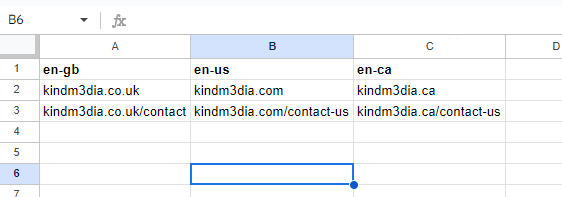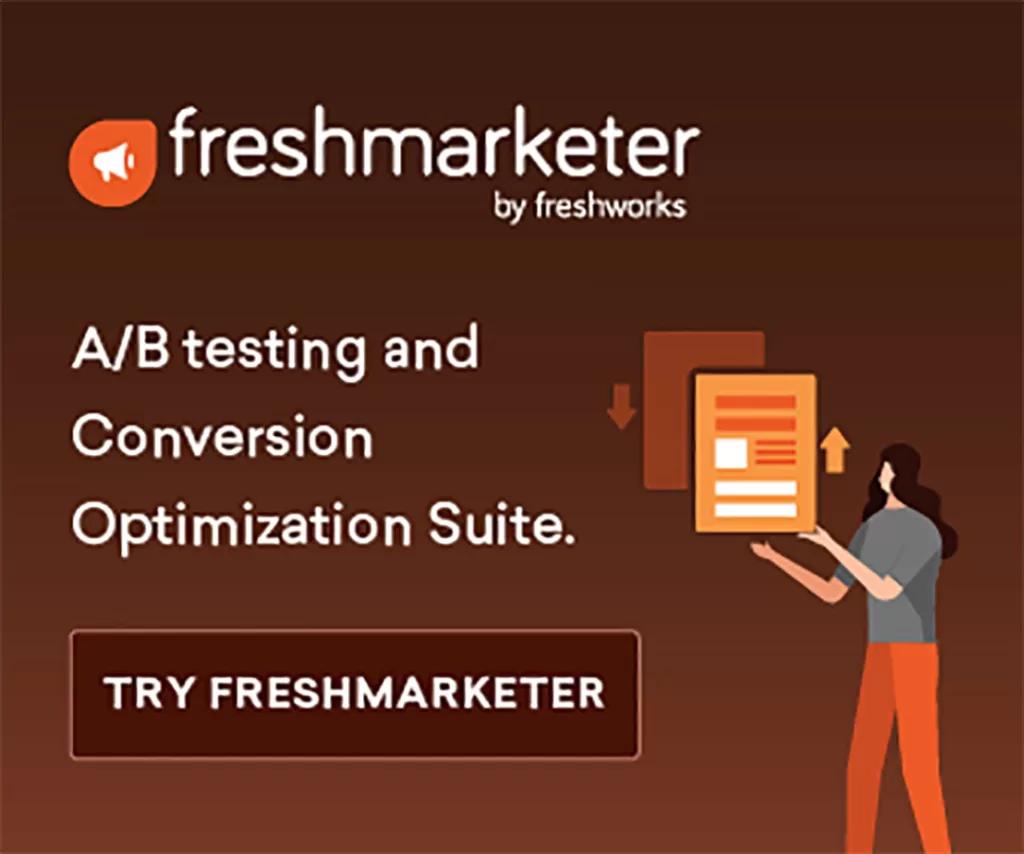What is an Hreflang Sitemap?
In a nutshell, an hreflang sitemap allows you to inform Google (and remember, there are alternative search engines out there) about the most suitable version of your website to present to users based on their language and geographical location.
Why is Important to Implement Hreflang?
The advantages of delivering region-specific content to visitors are quite evident. For instance, users are more likely to engage both financially and time-wise with a site that utilizes their native currency and language. Additionally, providing users with content aligned to their preferences results in reduced instances of users immediately returning to search results, which in turn leads to enhanced SEO performance.
Moreover, by ensuring that Google recognizes your provision of similar content in multiple languages, you also sidestep the potential challenge of duplicate content.
As adept as search engines are when it comes to interpreting a site’s geo-targeting even without hreflang tags, a range of potential complexities can arise. For instance, if one domain possesses higher authority than another, it might lead to difficulties in identifying the most relevant domain for each specific region. This can subsequently result in indexing errors.
For organizations with a global presence, employing hreflang sitemaps is a prudent choice. They serve to facilitate Google’s comprehension that you offer localized versions of your site, ensuring that only region-specific pages surface in country-specific search results.
Particularly if you’ve invested time in developing a website catering to various languages, it’s only natural to aspire for these pages to be accessible to your intended audience.
How you indicate the intended location of a URL also hinges on your site’s structure, whether it’s through ccTLDs (like theproclaimers.es), subdomains (es.theproclaimers.co.uk), or subfolders (theproclaimers.co.uk/es). The specific merits of each format aren’t delved into here, but it’s a factor worth considering.
For deeper insights into the advantages and significance of employing hreflang sitemaps, take a look at this pioneering case study we conducted when the feature was first introduced. Throughout this post, the focus will primarily be on creation and implementation rather than general outcomes.
Creating and Implementing a Hreflang Sitemap
Imagine the convenience of having a user-friendly tool that effortlessly generates hreflang sitemaps. Well, allow us to introduce you to our very own hreflang process.
The initial phase of this procedure entails crafting a ‘map’ encompassing the pages on your website that cater to distinct regions or languages. This is achieved by generating a CSV file containing a compilation of URLs, alongside their corresponding equivalents for each region, all neatly arranged in rows—much like the illustrative URL map provided below:

Obviously, in our example, we have fans in these three countries but you should include every language/region your site targets in this CSV file. You won’t always have/need an alternate URL in every different language but, when using the tool, each row must have an element for each country supplied.
Next, ensure you have saved the file as a CSV and upload it. We highly recommend the XML sitemap creator from TechnicalSEO.com. You’ll then obtain a combined version of the file (for sub folder implementation of hreflang on one domain) and individual sitemaps for ccTLDs or sub domains.
As per Google’s guidelines, a frequent error involves the utilization of incorrect language codes. It’s essential to verify that all language codes you employ accurately denote the language (in ISO 639-1 format) and, where applicable, the region (in ISO 3166-1 Alpha 2 format) of an alternate URL. It’s noteworthy that indicating the region alone without the corresponding language code is considered invalid.
If you have any problems with the hreflang implementation at this point then feel free to contact us. Now it is time to implement.
Once tested, each individual sitemap.xml file should be uploaded to the corresponding root domain, providing you are using a sub-domain format.
It is important to continually update and assess your hreflang files as they will need to reflect changes to your site itself. To check the status of your sitemaps – and for future monitoring – you should ensure that each individual site (.es, .fr etc) is added to Google Search Console
Conclusion
When a company embarks on internationalization, employing hreflang sitemaps clearly offers significant benefits. It enhances both the user experience and the overall site performance in terms of SEO.
This strategy enables precise targeting of content for local audiences while effectively circumventing potential penalties for duplicate content. Our guide should simplify the process, allowing you to swiftly generate a sitemap.xml file as long as the CSV adheres to the prescribed format.
Once you have your hreflang files in hand, the next steps involve integrating them into your website, just like you would with any other sitemap. Regularly monitoring these files within Search Console ensures a seamless performance.
For more insights into the importance of implementing Hreflang and other valuable information related to SEO, social media presence, content creation, and CRO, explore additional articles in our blog.
For more information about hreflang, including our tool and implementing tags not sitemaps, then see the resources below:
• https://www.aleydasolis.com/english/international-seo-tools/hreflang-tags-generator/
• https://yoast.com/hreflang-ultimate-guide/
If you have any struggle or you have suggestions for improving this guide please feel free to contact us. We are more than happy to take your recommendations in as is the fastest way to improve ourselves and to offer you the best advice. Help us so we can help you.







